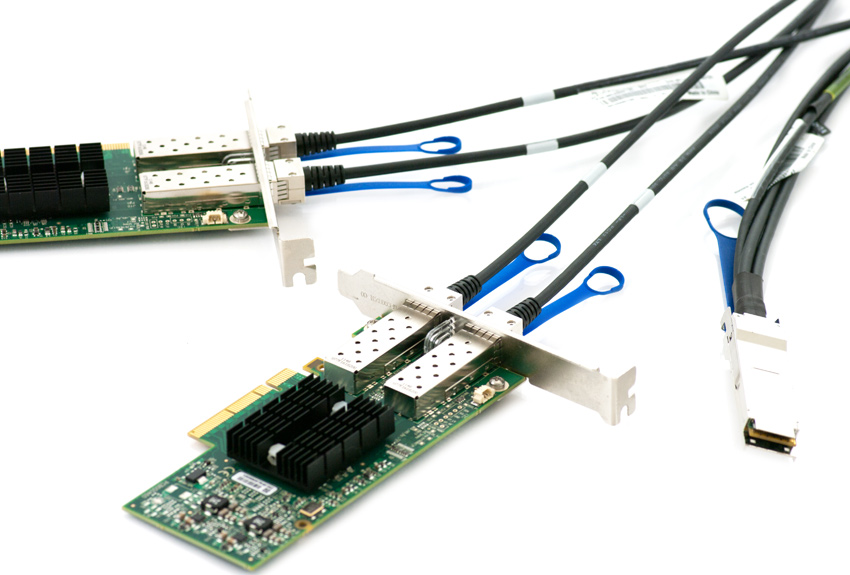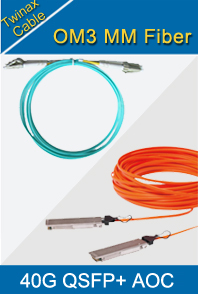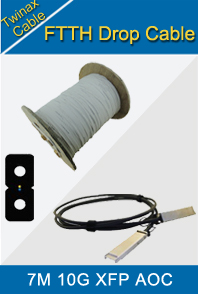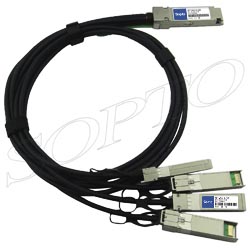-

- Sopto Home
-

- Special Topic
-

- Twinax Cable Knowledge
-

- Last 10 Practical Cabling Tips for Network Engineers
Twinax Cable Knowledge
- Cable Labeling as Part of Data Center Management
- How to Correctly Run cables On Servers in a Data Center?
- 4 Realities You Should Consider 10G Ethernet for Your Business
- Is it finally the end of copper?
- Why We Need Both 40G and 100G Ethernet Cable?
- What is Twisted Pair Cable?
- Benefits of Twisted Pair Cable Construction
- Why Copper Is Used in Cables?
- A Brief Look at Ethernet Cable Construction
SOPTO Special Topic
Certificate



Guarantee
Except products belongs to Bargain Shop section, all products are warranted by SOPTO only to purchasers for resale or for use in business or original equipment manufacturer, against defects in workmanship or materials under normal use (consumables, normal tear and wear excluded) for one year after date of purchase from SOPTO, unless otherwise stated...
Return Policies
Defective products will be accepted for exchange, at our discretion, within 14 days from receipt. Buyer might be requested to return the defective products to SOPTO for verification or authorized service location, as SOPTO designated, shipping costs prepaid. .....
Applications
 Twinax Cables are mainly used with PCI or PCI-E Card for the short distance interconnection in the server room.
Twinax Cables are mainly used with PCI or PCI-E Card for the short distance interconnection in the server room.
SOPTO Products
- Fiber Optic Transceiver Module
- High Speed Cable
- Fiber Optical Cable
- Fiber Optical Patch Cords
- Splitter CWDM DWDM
- PON Solution
- FTTH Box ODF Closure
- PCI-E Network Card
- Network Cables
- Fiber Optical Adapter
- Fiber Optical Attenuator
- Fiber Media Converter
- PDH Multiplexers
- Protocol Converter
- Digital Video Multiplexer
- Fiber Optical Tools
- Compatible
Related Products
Performance Feature
Stable Transmission Speed
Reliable Transmission
Various Length Selection
Wider Operating Temperature
Good for HPC
Good for Data Center
Twinax Cable Knowledge
Recommended


Last 10 Practical Cabling Tips for Network Engineers
This article is the continuation of the article “Previous top 10 Practical Cabling Tips for Network Engineers”. In this article, Sopto provides last 10 practical cabling tips for network engineers.
11. Neat Cabling Causes Signal Interference
Neat cabling creates cross talk by electromagnetic induction and therefore signal degradation by virtue of induction. Cabling should be untidy, loosely bundled, and randomly mixed to avoid signal induction.
This is not common practice, and, to be fair, is an extreme approach since the signal leakage from your copper plant should be minimal. But technically, it’s correct that induction might occur.
12. Keep Away from Power Cables
When copper cables run parallel to electrical cables, they will act like transformers or inductors and induce 50/60Hz currents and noise spikes from the electrical cable. Put as much distance between data and power cables as possible.
13. Keep Away from Electrical Interference Sources
There are many sources of 50/60hz interference and you should also consider them. Don’t use fluoro lights in your data center, use LEDs or some other low power lighting that will use less power and generate less interference. Keep motors in air conditioning room completely away from data cabling. Of course, your coolers should be on different power infrastructure to reduce power ripples.
14. Keep Your Cable Dry
Moisture changes the dielectric coefficient in copper and significantly impacts the signal performance. Keep your cable dry during the installation process. Using copper cable in conduits or trench between buildings should include special considerations such as waterproof conduits and capped ends to prevent moisture creep.

15. Cables need to be cool
Cables, especially cables with PoE, can overheat in large bundles. This change in thermal property changes the electrical performance and impact the signal propagation.
16. Star Pass is Fail at Installation Time
A “STAR PASS” is not good enough. As shown in earlier points, your cable plant WILL degrade over time. When a cable tester shows the cable has barely passed (often called a Star Pass by cabling installers) the signal performance check it means that your cable will work today but eventually it will fall below specifications. In other words, a star pass is failed test and starred for attention (not praise). Make sure that your cabling contract demands rectification of “star pass” cable tests.
17. OTDR testing is not enough
Fibre Optic cabling must be tested with an OTDR and Power Meter. OTDR testing is easily fudged and is really just shining a torch as a simple light test. What you really want to know is that the acceptable amount of light power is being lost in the installed and terminated cable run.
18. Fibre Optic Loss is Power Sum
The length of fibre cabling is less important than quality connectors and proper terminations. Each connector and splice causes a small amount of signal loss. Therefore, power levels are the important test factor for fibre optic cables.
19. Dust Caps have a Purpose
Dust caps on fibre optics connectors are used to prevent dust buildup inside the connector. A single mode fibre is 9nm wide and about the same size as dust. The laser signal can be seriously attenuated and thus reduce the run length or cause signal problems.
20. Don’t Kink Fibre Cables
Fibre optic patch leads are flexible but the fibre core can break, or worse, can fracture. This causes weak laser signal by creating power loss in the cable. Weak signals may not be decoded by the laser receiver. Be nice to your fibre cable.
For more products’ information, please contact a Sopto representative by calling 86-755-36946668, or by sending an email to info@sopto.com.



